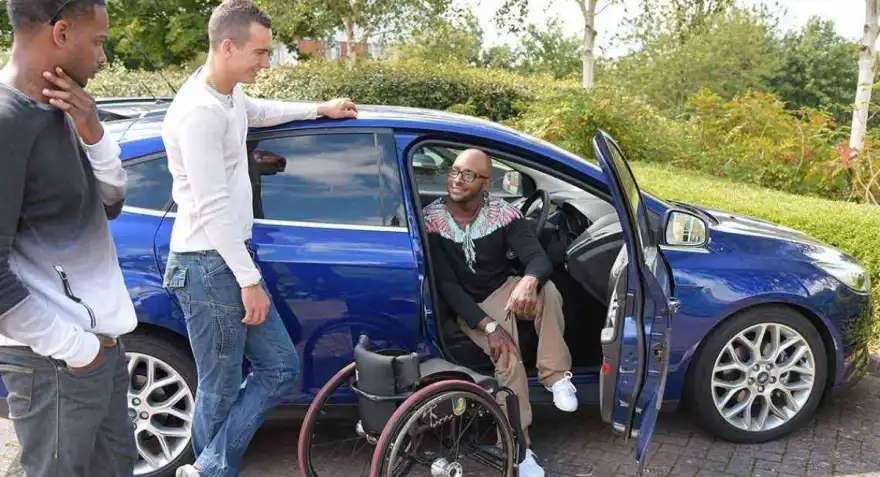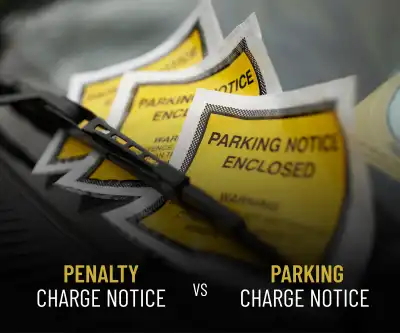
Having a disability does not necessarily stop you learning to drive. There are simply a few extra considerations.
Get your provisional license
When you apply for a provisional license you must declare any disability. You can be fined £1,000 if you forget. The Driver and Vehicle Licensing Agency may later request more information via a second form. It may also ask permission to consult your doctor. If necessary, your fitness to drive will then be assessed by an independent doctor. If you can drive safely you then get a license.
Consider vehicle modifications
Driving Mobility is a charity that runs a large network of assessment centres in the UK. among other things, it can suggest how to modify a vehicle to suit your needs. Perhaps you want to control the throttle and brakes by hand, for example. If so, the potential modifications include a lever to the right of the steering wheel. Pull the lever to accelerate then push it to brake.
Find a specialist driving instructor
A specialist driving instructor may be best placed to give you lessons. Find one online or get a recommendation. It's important to pick the instructor carefully as you spend a lot of time together. Make sure first that the car has any necessary modifications. If you can, ask for recommendations to check that the instructor is friendly, supportive, and patient - these qualities will all make it easier for you to learn how to drive.
Get a grant to pay for driving lessons
The Motability Driving Lesson Grant may pay towards the cost of lessons, if you are eligible. There is of course specific qualifying criteria. Your funding can cover up to 40 hours tuition.
Get help to pass the theory test
As you book the theory test mention any disability, health condition, or reading difficulty. The organisers may then make allowances relevant to your needs. Perhaps you have hearing issues, for instance. If so you may be helped by a lip speaker, sign language interpreter, or hearing aid loop system for no extra cost.
Get help to pass the practical test
When you book a practical test mention any disability, health conditions, or learning difficulty. The examiner can then make allowences. For instance, you may be given extra time to speak about modifications to the car. If you are deaf the examiner may give you written notes at the start of the test, look directly at you so you can lip read, then give you directions via hand signals.




